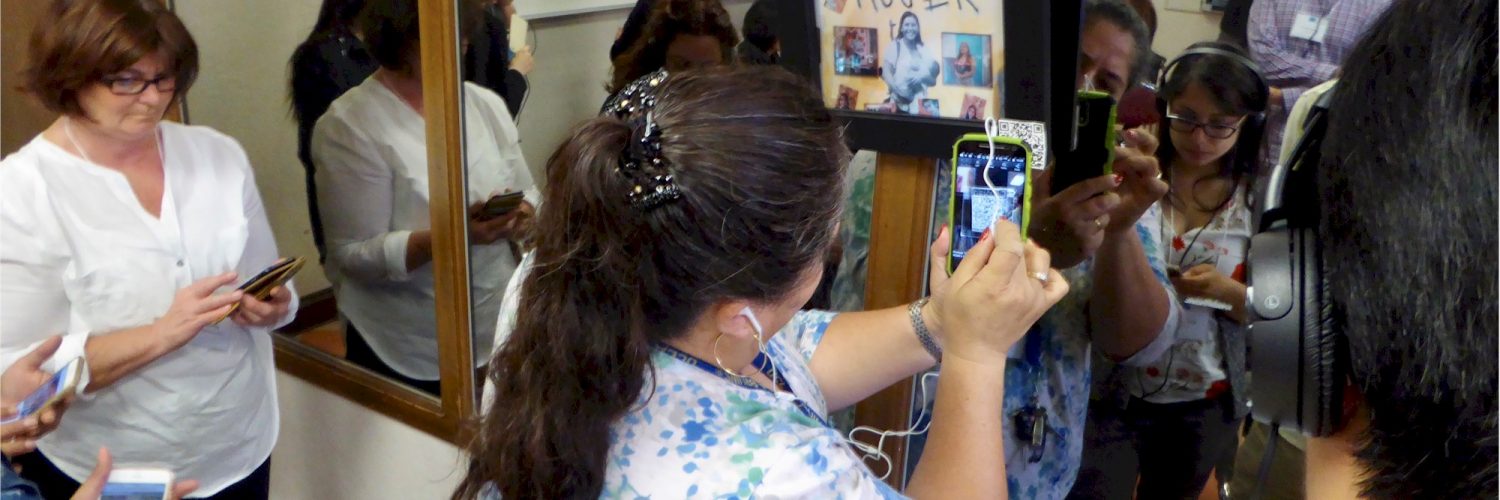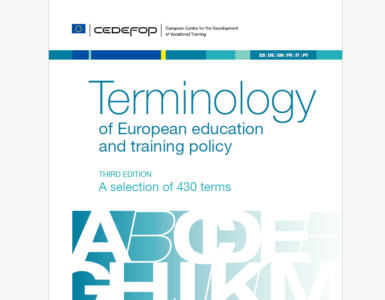By Jeff Share, School of Education and Information Studies, UCLA
Democracy in the digital networked age of “fake news” and “alternative facts” requires new literacy skills and critical awareness to read, write, and use media and technology to empower civic participation and social transformation. Unfortunately, not many educators have been prepared to teach students how to think critically with and about the media and technology that engulf us. Along with my colleagues at the UCLA School of Education and Information Studies, I have spent many years investigating and exploring how best to prepare teachers for the challenge that faces them in schools when it comes to digital and media literacy. Across the globe there is a growing movement to develop media and information literacy curriculum (UNESCO) and train teachers in media education (e-Media Education Lab), but these attempts are limited and in danger of co-optation by the faster growing, better financed, and less critical education and information technology corporations. In this article I would like to introduce a paper that we published about our approach to teacher education in this field and the results of research that we carried out. For a more detailed description of the research carried out, please check out the original paper here.
It is a formidable challenge to prepare critical educators to work inside a system in which every brick in the wall has been laid to transmit the information, skills, and ideas necessary to reproduce the social norms, inequities, ideologies, and alienation that are undermining the quality and sustainability of life on this planet. However, education can be a powerful tool to challenge these problems and create opportunities for students to work in solidarity with others to create a more socially and environmentally just world. To support these changes, we need teachers ready to engage students in critical inquiry by posing questions about systemic and structural issues of power, hierarchies of oppression, and social injustice. However, even though youth are immersed in a world in which media and technology have entered all aspects of their lives and society, few teacher education programs are preparing teachers to help their students to critically understand the potential and limitations of these changes. This means that schools of education responsible for training the new wave of teachers must be up to date, not just with the latest technology, but more importantly, with critical media literacy (CML) theory and pedagogy in order to prepare teachers and students to think and act critically with and about media and technology.
Transforming education to critically use media, technology, and popular culture for social and environmental justice is the overarching goal of a critical media literacy (CML) course in the teacher education program at the University of California, Los Angeles (UCLA). The authors of this paper have been involved in designing and teaching this course to in-service and preservice teachers for many years. Through combining theory from cultural studies and critical pedagogy with practical classroom applications of new digital media and technology, this course attempts to prepare K-12 educators to teach their students how to critically analyze and create all types of media. The teacher education program at UCLA is primarily a two-year master’s and credential program that accepts about 130 candidates annually. The program is committed to developing social justice educators to work with and improve the schooling conditions of California’s ethnically, culturally, and linguistically diverse children. The CML class is taught in separate sections, usually divided by subjects, with 25−50 students per section.
In order to provide a critical and pragmatic path to teaching in K-12 classrooms, these conceptual understandings are taught through a democratic approach that follows ideas of transformative educators like John Dewey and Paulo Freire. We incorporate feminist theory and critical pedagogy to analyze relationships between media and audiences, information and power. When we first began teaching the course, we used a simple framework with five core concepts and key questions from the Center for Media Literacy. To emphasize the critical potential of these ideas, while providing an accessible tool for teachers to use in the classroom, a CML framework was developed, with six conceptual understandings and questions, as shown in the full paper.
The CML framework is designed to help teachers and their students question the role of power and ideology that socialize and control society through making some people and ideas seem “normal” and “natural” while the rest are “othered” and “marginalized”. This critical framing supports teachers and students to deepen their explorations of racism, sexism, classism, homophobia, overconsumption, environmental exploitation, and other problematic representations in media.
In the full paper, you will find an elaborated description of the CML framework that we apply as well as the results of a study we carried out into the extent to which former students are applying the skills and knowledge gained from the critical media literacy (CML) course into their teaching practice.
Editor’s note: We are delighted to announce that Jeff will be one of our guests during our webinar on 20 April on Teacher Education in Digital & Media Literacy – Frameworks and strategies, register here, when he will be talking about the CML Framework and how they apply it in Initial Teacher Education in UCLA.

Author
Dr. Jeff Share,
School of Education & Information Studies
University of California, Los Angeles (UCLA), USA
Personal website
UCLA CML Research Guide














